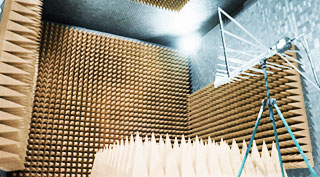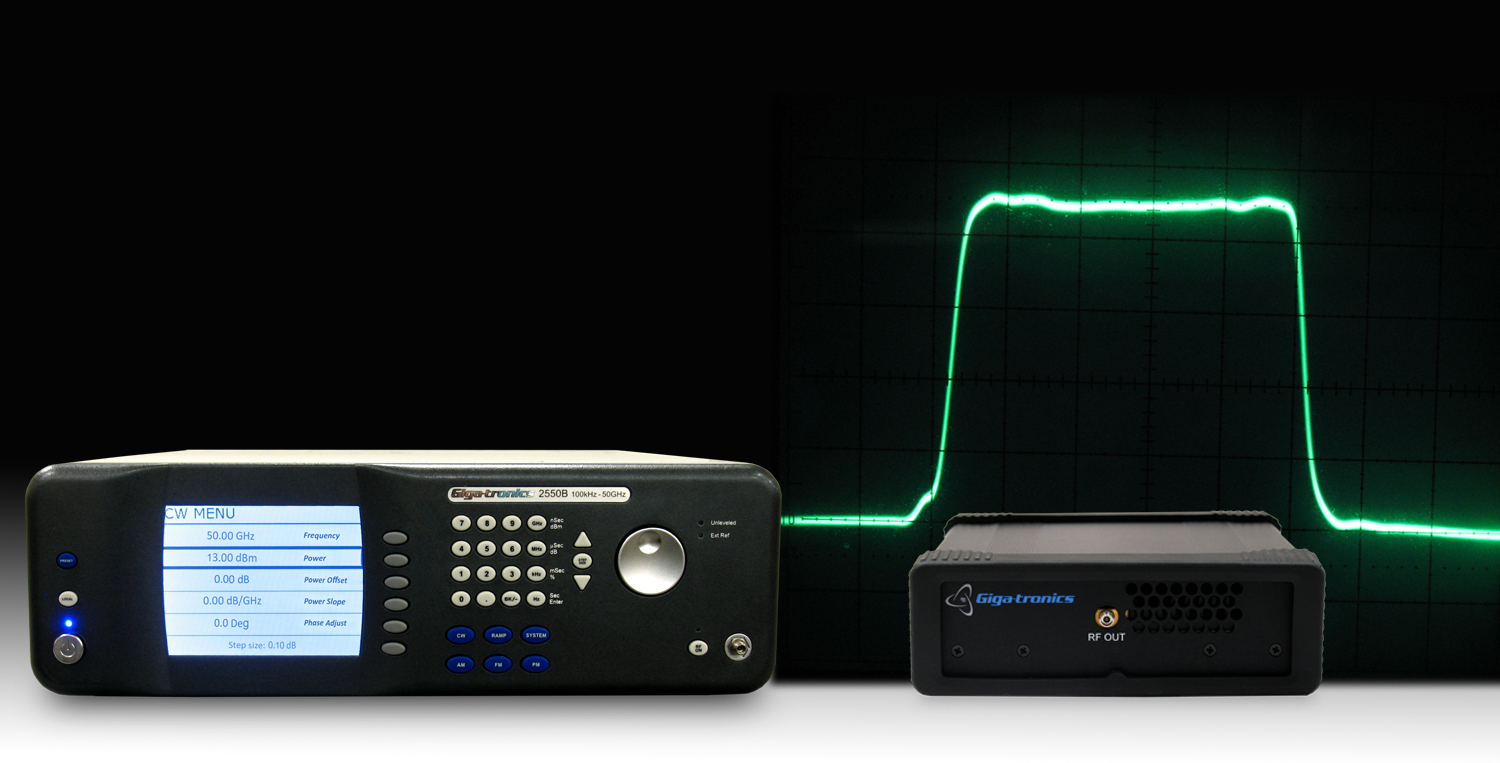|
|||||||||||||||
|
TWTAs
Replacing TWTAs with Solid-State AmplifiersThe replacement of Traveling Wave Tube Amplifiers (TWTA) with solid-state power amplifiers in the test equipment market has significantly impacted electromagnetic interference (EMI), safety, and measurement accuracy. Tubes Spatial power combining parallel-MMIC amplifiers augment traditional power amplifier architectures and expand the market space of solid state power amplifiers into the domain traditionally dominated by vacuum electron devices (VEDs) such as traveling wave tube amplifiers (TWTAs). Parallel-MMIC amplifiers provide the stability and reliability associated with solid state amplifiers as well as exceptionally broad bandwidth and high power. Spatially-combined amplifier’s manufacturability, scalability, linearity, efficiency, and thermal packaging are generally superior to circuit-combined amplifiers. Characteristics of parallel-MMIC amplifiers include excellent linearity relative to VEDs, graceful degradation on failure, low voltage operation, solid state reliability, low intermodulation and harmonic distortion, flat gain without equalization, and good phase noise characteristics. They are fault tolerant, so that the loss or failure of one or even multiple elements does not result in total system failure, and they do not have the warm-up, drift, or aging issues associated with TWTAs. With spatial power combining parallel-MMIC amplifiers, the combining losses are low and power is not wasted in the combining scheme, the operational efficiencies are maximized, resulting in lower heat dissipation and less prime power for a given power level. Also, because of the high number of combined elements, the root mean square (RMS) phase noise of the amplifier is less than that of a single comparable device and significantly lower than what might be expected from a TWTA. As GaAs MMIC semiconductor technology and capability improves with even greater power at microwave frequencies, parallel-MMIC solid-state amplifiers using spatially power combining technology will continue to increase their ability to provide an alternative solution to TWTAs. Applications traditionally dominated by TWT or VED solutions, such as test and measurement, electronic warfare, electronic counter measures, and simulators, can now take advantage of all the associated preferable performance attributes of solid-state implementation including: higher reliability, low-voltage operation for safety and reliability, longer life, low thermal noise characteristics for improved signal-to-noise ratios, and improved linearity. Many TWTAs are used in pulsed applications. While solid-state amplifiers have not reached the same high power levels available in TWTAs, moderate power have been achieved, with superior results. Pulsed TWTAs are limited in pulse width (typically less than a few milliseconds) and duty cycle (typically less than 5%), and have a relatively high noise power density when on. They may also exhibit a substantial delay from the time of the pulse input to the start of the RF pulse. The Spanawave/Giga-tronics microwave power amplifiers offer outstanding pulse performance, with 3 ns nominal rise and fall times, with minimum overshoot and ringing. Because these are very broadband amplifiers, they do not exhibit the pulse performance limitations common to narrowband amplifiers. The Spanawave/Giga-tronics microwave power amplifiers with excellent pulse fidelity are ideal for many Aerospace and Defense applications.
The following table summarizes performance comparison between spatially combined solid-state Parallel-MMIC amplifiers and TWTA’s.
Lastly, solid-state amplifiers operate at low voltage compared to the kilovolts required for TWTA operation relating to increasing safety, and lower cost and complexity. >> Six Things about Spanawave/Giga-tronics Microwave Power Amplifiers |
| Home | Company | Contact Us | Copyright © All rights reserved. | |||


 characteristically have high noise floor and poor intermodulation and harmonic signatures. Since they typically take time to warm up and stabilize, tubes are often left on, making them a potential safety issue, as well as a potential cause of EMI. Solid-state amplifiers require no warm-up, so they can be turned on and off as needed, eliminating concerns about significant short and long term stability, safety, and EMI issues.
characteristically have high noise floor and poor intermodulation and harmonic signatures. Since they typically take time to warm up and stabilize, tubes are often left on, making them a potential safety issue, as well as a potential cause of EMI. Solid-state amplifiers require no warm-up, so they can be turned on and off as needed, eliminating concerns about significant short and long term stability, safety, and EMI issues. Additional considerations include linearity and AM-PM conversion. TWTAs have a power rating defined by their peak power output capacity and must be operated substantially (typically 6 dB or more) below their rated saturated output power for linear performance. Solid-state parallel-MMIC amplifiers have a linear range to the P1dB power level typically only 1 or 2 dB below their rated saturated output power. That is, a 10 Watt solid-state amplifier will offer equal or better linear performance compared to a 40 or 50 Watt TWTA. The same applies to AM to PM conversion. While solid-state amplifiers exhibit little AM-PM conversion up to the P1dB power level, TWTAs must be backed off 10 dB or more from their rated saturated power before achieving minimal AM-PM.
Additional considerations include linearity and AM-PM conversion. TWTAs have a power rating defined by their peak power output capacity and must be operated substantially (typically 6 dB or more) below their rated saturated output power for linear performance. Solid-state parallel-MMIC amplifiers have a linear range to the P1dB power level typically only 1 or 2 dB below their rated saturated output power. That is, a 10 Watt solid-state amplifier will offer equal or better linear performance compared to a 40 or 50 Watt TWTA. The same applies to AM to PM conversion. While solid-state amplifiers exhibit little AM-PM conversion up to the P1dB power level, TWTAs must be backed off 10 dB or more from their rated saturated power before achieving minimal AM-PM.